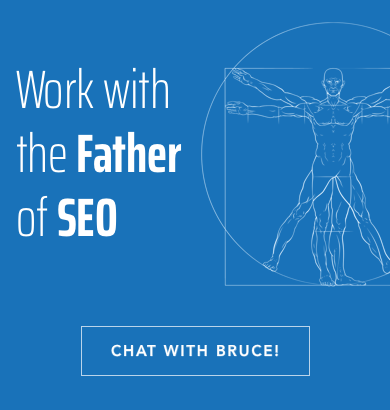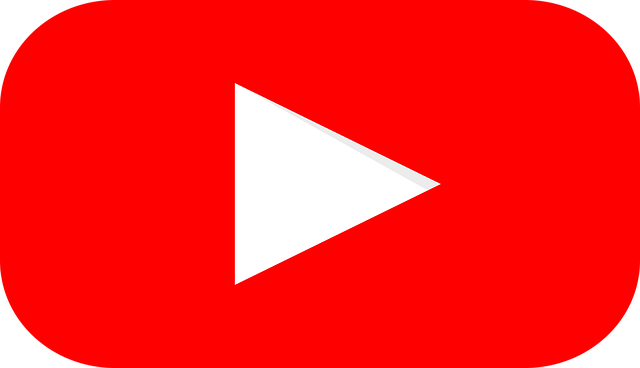The Customer Life Cycle
A customer life cycle framework includes metrics for reach,
acquisition, conversion and retention. This framework gives you a
business model for understanding the nature of your business in relation
to other businesses.
In today’s business environment, the trend is for most businesses to
use both online and offline channels in their marketing plans. The broad
categories of reach, acquisition, conversion and retention can be used
to further clarify the metrics you measure.
Whereas in the past, marketing managers could simply report that they
got 30 percent more visitors who bought 10 percent more widgets. Now,
using a customer life cycle framework to interpret the powerful reports
in web analytics solutions, managers can pinpoint the initiatives that
brought more visitors or the optimal sales path that increased sales.
You can identify the marketing activities that succeed and those that
don’t, fine tuning your marketing activities.
The following are definitions for the metrics in the customer life
cycle. These metrics will be used when you create your Key Performance
Indicators, the means for achieving your business goals.
Reach
For our purposes, reach is defined as the likelihood of gaining
someone’s attention. This can be displayed in a number of ways,
depending on how you are looking at it.
- The number of searches completed for your paid search keyword phrases.
- The number of reads an article written by someone representing your company received.
- The number of users who view banner impressions served on a website.
- The number of subscribers to a newsletter you sponsor or that contains your ad.
- The number of readers who subscribe to a newspaper or magazine and will see your ad.
- The number of views your billboard ad receives.
- The number of views your TV spots secure.
Each qualifier is both easy and difficult to measure. Any banner
network can tell you how many banner impressions were served or the
number of times your search phrases were used. Likewise, any magazine or
newsletter can tell you how many readers they have. Any marketing
vendor can tell you how many valid addresses your direct mail piece was
sent to. But how could you know how many people read your article or
actually received your piece of mail? And if they did receive it, how
do you know they opened it? It is impossible to accurately calculate
this data.
This is why reach is difficult to measure. No matter how powerful
your web analytics solution, no one can tell you the number of people
who actually read and think about your marketing message.
For that reason, reach is tied to acquisition; we can’t measure the
number of people who read a message but we can infer this value from the
percentage of people you are able to acquire. So when thinking about
reach, keep in mind that it is correlated to the actual acquisition of
visitors.
Acquisition
If reach is defined as the likelihood of gaining someone’s attention,
then acquisition can be defined as how well you got it. Did they make
it to your site? Did they click on a link or type your domain in their
browser and bring themselves to your site? That’s acquisition.
To some, acquisition is more accurately measured in terms of a visitor
not only arriving, but also engaging in some sort of action, like a
purchase. However, any visitor who lands on your site as a result of one
of your ads has the potential to complete an activity of value. Thus,
it can be considered an act of arrival or response.
Acquisition stats are focused on your source of traffic, which can be
the referring domain, a search engine or a search key phrase. Your web
analytics solution extends this measurement, allowing for the
qualification of visitors. In so doing, it runs into the measurement of
conversion.
Conversion
Conversion and the activities leading to this action are the raison
d’etre for your website. Conversion is the successful completion of
specific activities by your site visitors that result in a positive
contribution to your bottom line.
Conversion can be measured differently for different activities.
Conversion does not have to equal a sale. It can be the downloading of a
document or application, the act of submitting information to generate
leads, the locating of information in an FAQ or support document, the
act of navigating from a general to a more specific page, the specific
amount of time spent on a website, the viewing of a specific number of
pages, or viewing key pages like the services page with pricing
information.
Studying the sales path to conversion will help you make changes to
your website and influence marketing initiatives that will impact your
visitors’ ability to complete desired goals. This is a win-win situation
because it leads to customer satisfaction and increased profits for
your business
We have discussed the fact that a website may want to measure many
different conversion rates. It is important to measure all the
conversion rates that matter, but do not compare your rates to those of
others. Research firms have published studies about conversion rates by
business category, and this information is interesting, but it should
not be used to gauge your own success. Your measure of success should be
the increase (or desirable decrease) in your site’s key performance
indicators over time.
Select the top three or four key performance indicators for your
website (or marketing campaigns) and measure these over time, tracking
progress and making the changes that will improve future conversions. It
is also important to keep your conversion rates to yourself since
competitors can use the data to your disadvantage.
Retention
The reach, acquisition and conversion phrases in the customer life
cycle have been very time-invested, but now you need to concentrate on
keeping those repeat customers. Research says that an existing customer
is worth more than a new customer, so you need to monitor and hold on to
them – which is no easy task with the Internet making competitors just a
click away. If you sell a product, someone can make it cheaper. If you
provide a service, someone can always do it better or faster. Unless
your products and services are well branded or very unique, your
business will always be subject to churn.
That is why it is important to measure retention. Retention measures
the activities of your repeat customers, tracking everything they do on
your site whether it is a purchase or any other activity. By watching
the individual actions of your repeat customers, you can respond
optimally to their needs, then up sell and cross sell products and
services to them. Visitor segmentation tools are an important aid to
understanding your repeat customers.









